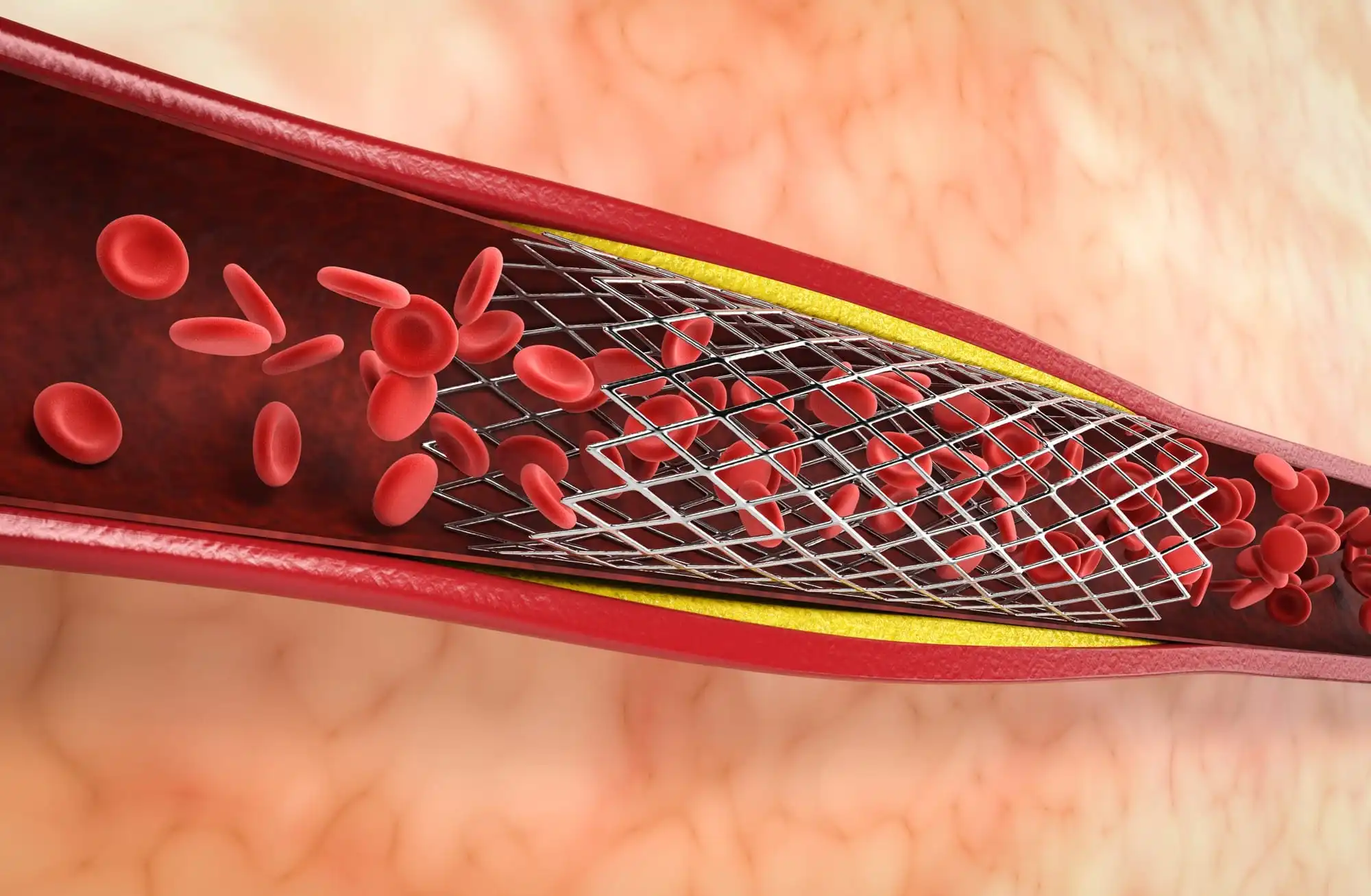Monitoring a patient’s vital signs allows doctors to assess a patient’s condition and improve their overall health and well-being. Knowing why doctors measure vital signs is essential in understanding the importance of this diagnostic tool.
What are Vital Signs?
Vital signs are a set of measurements that healthcare professionals use to assess a patient’s physical health. These measurements include body temperature, pulse rate, respiratory rate, blood pressure, and more. Taking regular vital signs helps healthcare providers to understand how well the body is functioning and if any changes need to be made to the patient’s care plan. They help alert medical professionals if there are any major concerns in your body.
Normal vital signs can vary across age groups, genders, and individual bodies, so it is important for healthcare providers to understand what normal ranges are for their patients.
What Are The 7 Vital Signs to Monitor?
1. Body Temperature
- When to measure Body temperature? Typically, you would likely measure your body temperature if you feel your body is hotter than usual.
- Average temperature by age Take a look at a table for normal body temperature by age:
- How to take temperature properly? There are four ways to take body temperature: rectal, forehead, oral, and ears. For children under three months to three years, you can take their body temperature through rectal or forehead thermometers. Individuals from four years to senior citizens should take their body temperature with an oral or ear thermometer.
- What is considered a fever? Anything above the average/normal body temperature for different age groups is considered a fever. If you have noticed a fever, consult a doctor to understand its underlying reasons.
| Age | Oral | Ear/Rectal | Armpit |
| 0-12 months | 95.8 to 99.3°F | 96.8 to 100.3°F | 94.8 to 98.3°F |
| Kids | 97.6 to 99.3°F | 98.6 to 100.3°F | 96.6 to 98.3°F |
| Adults | 96 to 98°F | 97 to 99°F | 95 to 97°F |
| Seniors | 93 to 98.6°F | 94 to 99.6°F | 92 to 97.6°F |
2. Pulse Rate
- When to measure pulse rate? It's advisable to measure your pulse rate if you're feeling uneasy or uncomfortable.
- What's the normal pulse rate? Your activity levels, any existing medications, and age affect your average resting pulse rate.
- Normal adult resting pulse rate: Based on your age, here's the average normal pulse rate.
- Normal resting pulse rate in children: Based on your child's age, here's the normal resting pulse rate.
- How to measure pulse rate? Today, there are several smart devices for measuring your pulse rate. However, you can do it manually by pressing two fingers on the pulse in your wrist and counting it for 30 seconds, later multiplying it by two.
- What's a dangerous pulse rate? Having either a high or slow pulse rate is often considered dangerous.
- High pulse rate: High pulse rate is a term used to describe a condition in which an individual’s heart rate is higher than normal. While a slightly elevated resting heart rate may be considered normal for some individuals, generally speaking, a high pulse rate can range from 100-300 beats per minute (bpm). More than 20 beats per minute to his/her normal baseline heart rate is considered a high rate.
- Slow pulse rate: Slow pulse rate is a condition in which the heart rate is lower than normal. It occurs when the heart beats fewer than 60 beats per minute. This can be concerning for some people as it could affect their ability to participate in physical activity and may even lead to fainting episodes. Less than 20 beats per minute to his/her normal baseline heart rate is considered a less rate.
| Age | Average Pulse Rate |
| 18-20 | 81 |
| 21-30 | 80 |
| 31-40 | 78 |
| 41-50 | 75 |
| 51-60 | 73 |
| 61-70 | 73 |
| 71-80 | 74 |
| Above 80 | 78 |
| Age | Waking Resting Pulse Rate | Sleeping Resting Pulse Rate |
| New-born – 3 months | 85 – 205 | 80 – 160 |
| 3 months – 2 years | 100 – 190 | 75 – 160 |
| 2 years – 10 years | 60 – 140 | 60 – 90 |
| Above 10 years | 60 – 100 | 50 – 90 |
3. Respiratory Rate
- When to measure respiratory rate? A physician assesses respiratory rate during any regular check-up. They measure it if you have recently experienced trauma, had surgery, or exhibited symptoms such as chest pain.
- What is a normal respiratory rate? A healthy adult has a respiratory rate of 12 to 16 breaths per minute. For infants, it's 30 to 60 breaths per minute; for kids between six to 12, it's 18 to 30 breaths per minute.
- How to measure respiratory rate? You can measure your own respiratory rate by counting for 15 seconds the times you inhale and multiplying the results by four.
- What are the causes of slow respiratory rate? You might have a slow respiratory rate due to recent surgery, exposure to toxins or alcohol, heart problems, brain problems or hormonal imbalances.
- What are the causes of a fast respiratory rate? An increase in your respiratory rate might be due to illness, fever, pain or underlying medical conditions.
4. Blood Pressure
- When to measure blood pressure? As an important indicator of your overall health, it is recommended to measure your blood pressure routinely. The ideal time to measure is in the morning after waking up and before eating breakfast to ensure that you have not ingested anything that might temporarily raise or lower your blood pressure reading.
- What is normal blood pressure? In adults, the normal systolic pressure (heart in contracting stage) is 120 or less than that, while normal diastolic pressure (heart in relaxing stage) is 80 or less.
- How to measure blood pressure? An aneroid monitor with a dial gauge, like a compass face, can measure blood pressure. However, a digital monitor is more popular as it is automatic and the reading is easily seen on its screen, usually in red numbers. But a digital monitor is more expensive. A cuff that fits around the upper arm will give a more accurate reading than one worn around the calf, wrist or finger.
- What is high blood pressure? High blood pressure, also known as hypertension, is characterised by persistently high-pressure levels in the arteries. It increases the risk of developing serious cardiovascular diseases such as heart attack and stroke and causes damage to other organs such as the eyes, kidneys, and brain if left untreated. A systolic reading of 140 mmHg or higher is considered high blood pressure; likewise, a diastolic reading of 90 mmHg or above indicates hypertension.
- What is low blood pressure? Low blood pressure, also known as hypotension, occurs when the blood pressure in a person's arteries is lower than it should be. This can cause various symptoms and health complications, ranging from dizziness to organ failure. A normal resting systolic blood pressure reading for adults is typically between 90-120mmHg; however, readings below these numbers could indicate low blood pressure.
5. Blood Oxygen
- When to measure blood oxygen level? Medical professionals recommend that most people check their blood oxygen levels twice annually at the start of cold and flu season. Moreover, you should also check your blood oxygen if you're exhibiting signs of respiratory distress such as difficulty breathing, chest pain or coughing up phlegm.
- How to measure blood oxygen level? Use a pulse oximeter to measure your blood oxygen at home. First, put on the device either around your finger or within your earlobe. Once it’s secure, you should get readings within seconds.
- What is the average blood oxygen level? This vital sign's normal value ranges between 95% and 100% in most healthy individuals. If your oxygen level drops below 95%, seek medical assistance.
- What happens if your blood oxygen level is too low? If your blood oxygen level is too low, it can lead to hypoxemia. Hypoxemia occurs when the body isn’t getting enough oxygen in the bloodstream. Signs of this condition include shortness of breath, confusion, irritability, fatigue and chest pain. If left untreated, hypoxemia can cause serious health complications such as respiratory failure, brain damage and heart problems.
- What happens if your blood oxygen level is too high? When your blood exceeds the normal value of vital signs, you can have hyperoxemia. And if left unchecked, it can lead to severe damage to multiple organs and even death.
6. Weight
- When to measure your weight? If you're on a mission to lose or gain weight, it is suggested to weigh yourself once per week at the same time each day. This consistency will provide a more accurate representation of how any changes in diet affect the body rather than if multiple measurements were taken throughout different periods of the day or week.
- What is the ideal weight range? Depending on your race, gender and height, the value of this vital sign changes. Generally speaking, the average body weight for men ranges from 70-90 kg, while women typically weigh between 50-70 kg.
- What are the problems related to being overweight? Being within the normal range of the vital sign, your body weight, comes with many health concerns, such as stroke, hypertension, type 2 diabetes, high cholesterol, heart diseases, sleep apnoea, osteoarthritis, and more.
- What are the problems related to being under-weight? If you are below the normal body weight scale, you are underweight and can have problems like frequently falling sick, anaemia, slow body growth, constant tiredness, irregular periods, and more.
7. Blood Glucose Level
- When to measure blood glucose level? For those diagnosed with diabetes, it is recommended that you take four to six readings per day, before meals and at bedtime. Your doctor can help you decide which times are best for checking your blood glucose levels. It’s also important to check your levels after meals and any time you experience symptoms like dizziness, confusion or fatigue—all of which may indicate an imbalance in your sugar levels.
- What is the normal blood sugar level? A normal value can vary slightly from person to person, but the average range for a healthy adult non-diabetic person typically falls into the following range: 70 to 99 mg/dL (milligrams per decilitre) when fasting, less than 140 mg/dL two hours after eating and 100 to 125 mg/dL before meals.
- How to measure blood glucose level? Measuring your own blood glucose level at home is an important part of diabetes management. You need a glucometer and test strips to measure your blood sugar. Wash and dry hands before testing to ensure the accuracy of results. Then use the finger pricker provided with the glucometer to draw a small drop of capillary blood from the fingertip before placing it onto the test strip in the glucometer machine for analysis.
- What does high glucose level indicate? High glucose levels, also known as hyperglycaemia, are defined as a condition in which the body has an elevated glucose or sugar level in the blood. This can be caused by several factors, including diet, lack of exercise, certain medications or a pre-existing medical condition. In some cases, high glucose levels can indicate diabetes and should not be taken lightly.
- What does a low glucose level indicate? Low glucose levels, also known as hypoglycaemia, can have a variety of causes and may indicate the presence of an underlying medical condition. It occurs when there is an inadequate supply, or the body cannot efficiently regulate circulating sugars. This can be due to diabetes, hormonal imbalances or even certain medications that alter blood sugar concentrations.
How Can Health-e be Your Preventive Care Partner?
Checking your vital signs is an important and unmissable step towards solid preventive healthcare. However, with so many medical reports to track and history to keep, storing documents in physical format isn’t always ideal. But keeping a tab of vital information is necessary for a healthy lifestyle.
Here’s where we can help!
Using a PHR (Personal Health Record) app like Health-e helps you store all your health-related information safely in a digital way, so you can access it anytime or anywhere you want without hassles.





